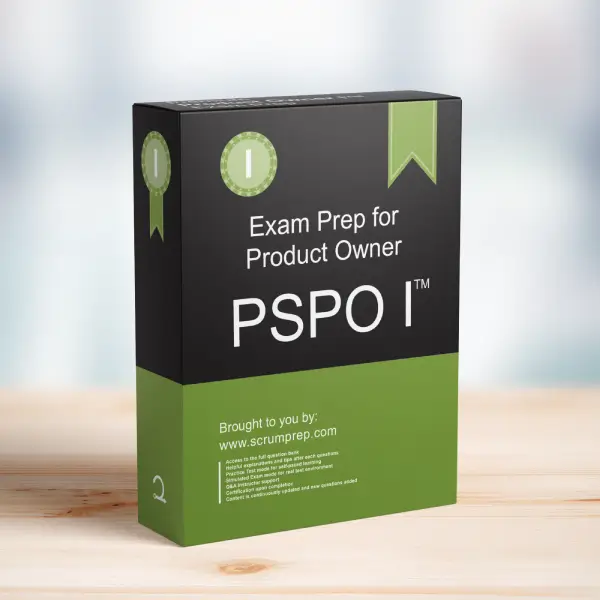Appropriate Topics for Discussion in a Sprint Retrospective
The Sprint Retrospective is a crucial event in Scrum, focusing on the continuous improvement of the Scrum Team’s processes and practices. This article explores the appropriate topics for discussion during a Sprint Retrospective and provides insights into their relevance.
Exam Question
Which are appropriate topics for discussion in a Sprint Retrospective?
(choose the best three answers)
A. The value of work currently represented in the Product Backlog.
B. Definition of Done.
C. How the Scrum Team does its work.
D. Arranging the Sprint Backlog for the next Sprint.
E. Team relations.
Correct Answers
B. Definition of Done.
C. How the Scrum Team does its work.
E. Team relations.
Explanation
Correct Answers
B. Definition of Done:
Discussing the Definition of Done in the Sprint Retrospective helps the Scrum Team ensure that everyone has a shared understanding of what it means for work to be complete. It also provides an opportunity to refine and improve this definition as needed.
C. How the Scrum Team does its work:
This topic is central to the purpose of the Sprint Retrospective. The Scrum Team reflects on how they work together and identifies potential improvements to their processes and interactions.
E. Team relations:
Good team relations are essential for effective collaboration. Discussing team dynamics and addressing any interpersonal issues can help the team function more smoothly and improve overall performance.
Incorrect Answers
A. The value of work currently represented in the Product Backlog:
While the value of Product Backlog items is important, it is typically discussed during Sprint Planning and Product Backlog refinement sessions, not the Sprint Retrospective.
D. Arranging the Sprint Backlog for the next Sprint:
The Sprint Backlog for the next Sprint is arranged during Sprint Planning, not the Sprint Retrospective. The focus of the retrospective is on process improvement, not planning future work.
Responsibilities in Scrum
- Product Owner: The Product Owner does not typically participate actively in the Sprint Retrospective but may be involved if the team feels it would be beneficial for addressing specific issues or improving collaboration.
- Scrum Master: The Scrum Master facilitates the Sprint Retrospective, ensuring that it remains focused and productive. They help the team identify areas for improvement and create actionable plans.
- Developers: The Developers are the primary participants in the Sprint Retrospective. They reflect on their work, processes, and team dynamics, and collaborate to identify and implement improvements.
Relevance to the PSPO I Exam
Understanding the appropriate topics for discussion in a Sprint Retrospective is essential for the PSPO I exam. This knowledge ensures that candidates can effectively facilitate and participate in retrospectives, fostering continuous improvement within their Scrum Teams.
Key Takeaways
- The Sprint Retrospective focuses on improving processes and team dynamics.
- Discussing the Definition of Done ensures a shared understanding of what it means for work to be complete.
- Reflecting on how the Scrum Team does its work and team relations helps identify areas for improvement.
Conclusion
The Sprint Retrospective is a vital event for promoting continuous improvement within a Scrum Team. By focusing on the right topics, such as the Definition of Done, team processes, and relations, the team can enhance its effectiveness and productivity. For more information on preparing for the PSPO I exam, visit our PSPO I Exam Prep.


